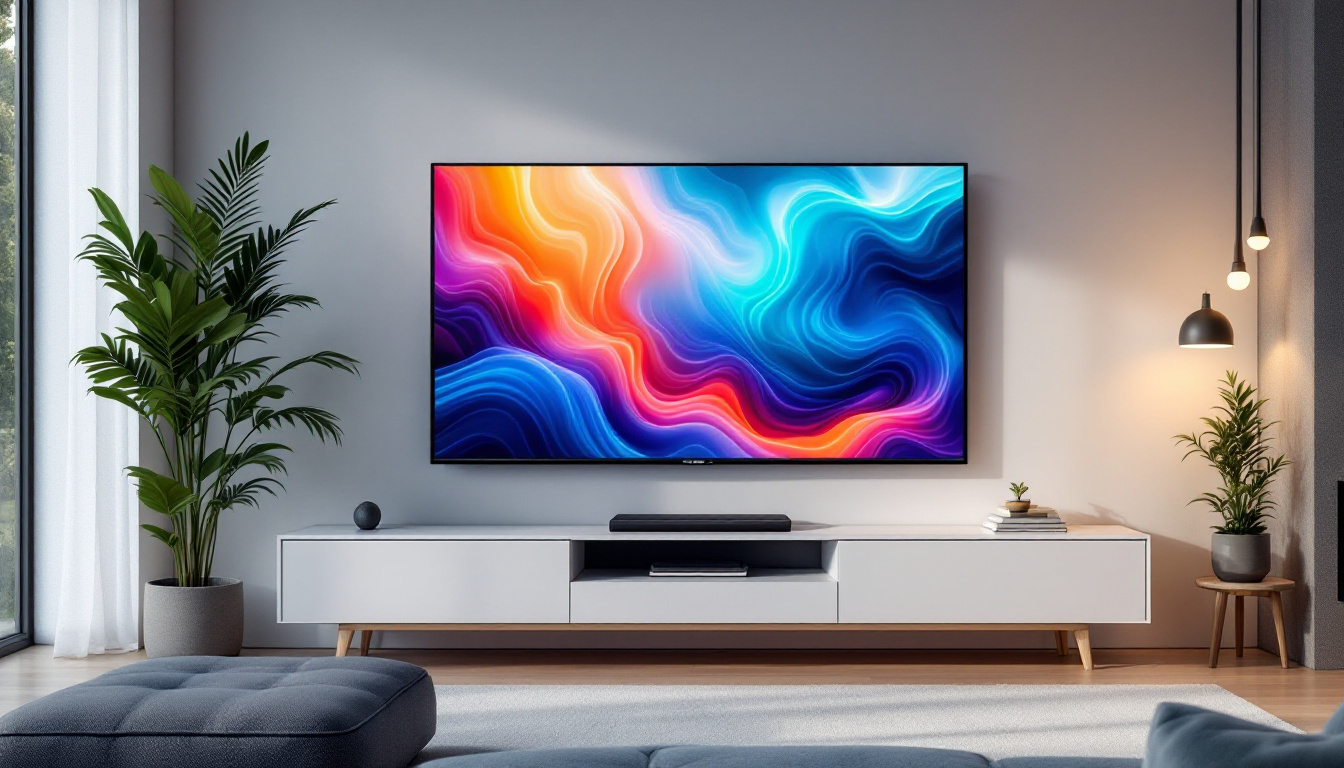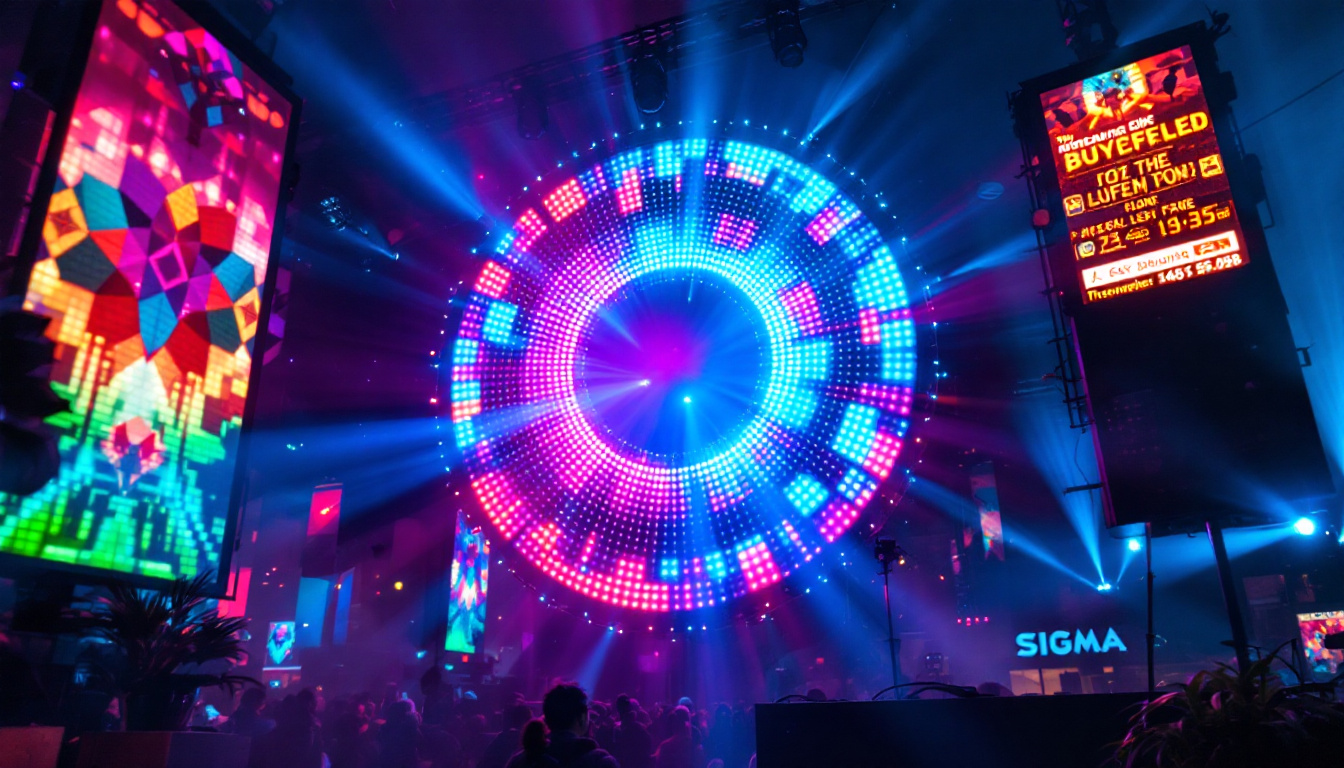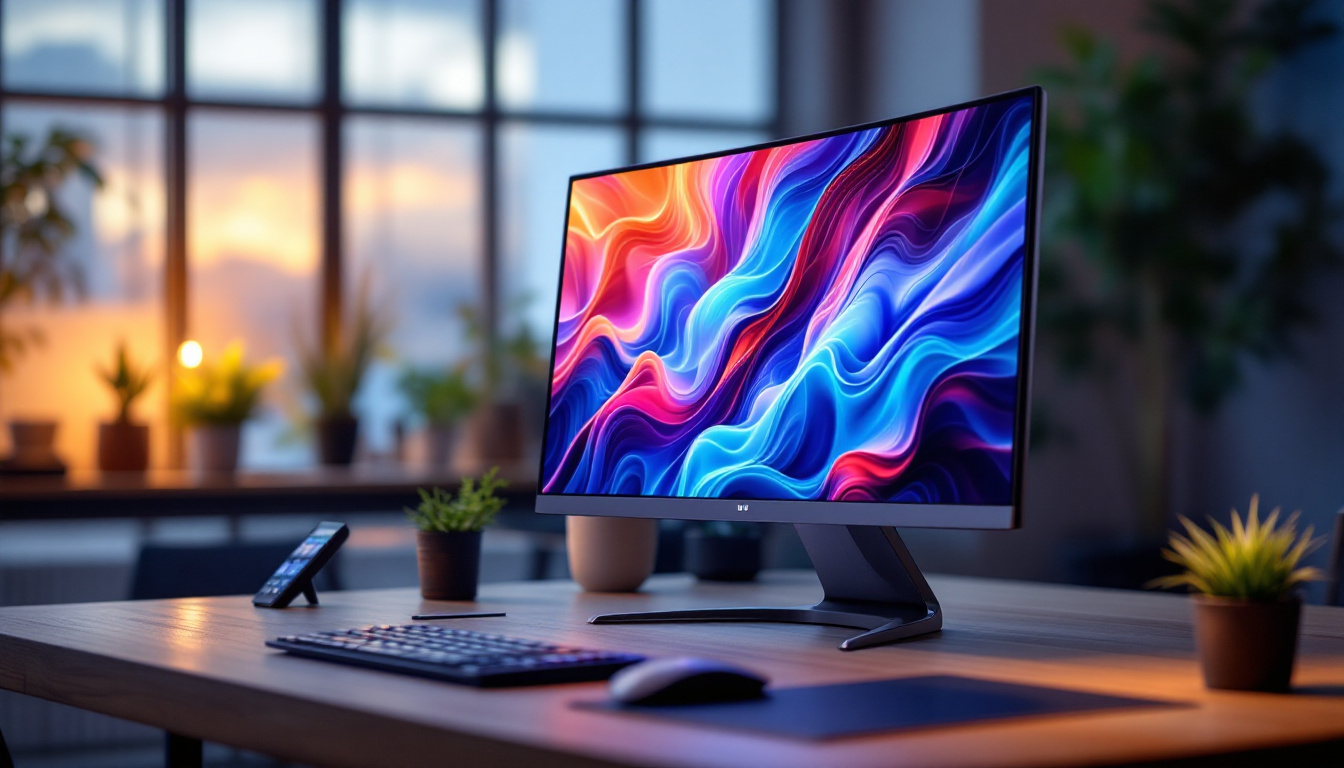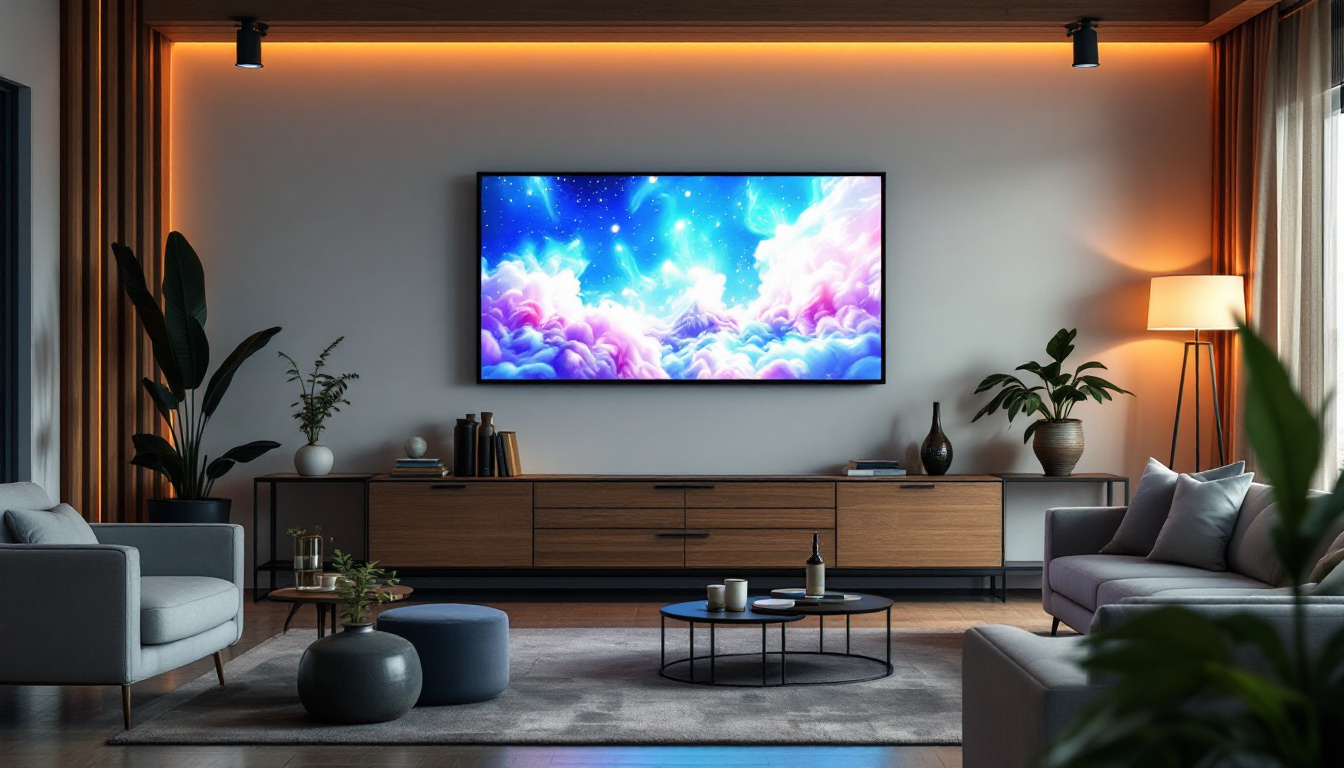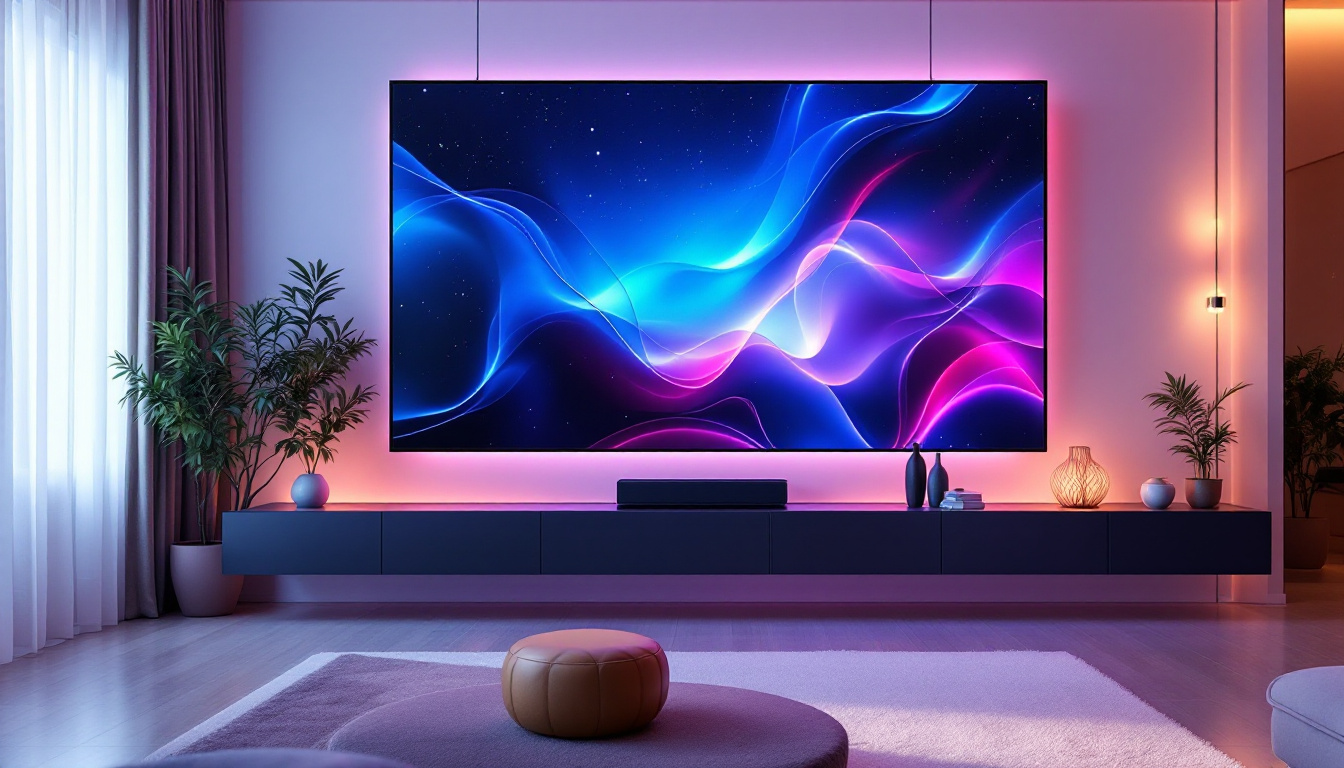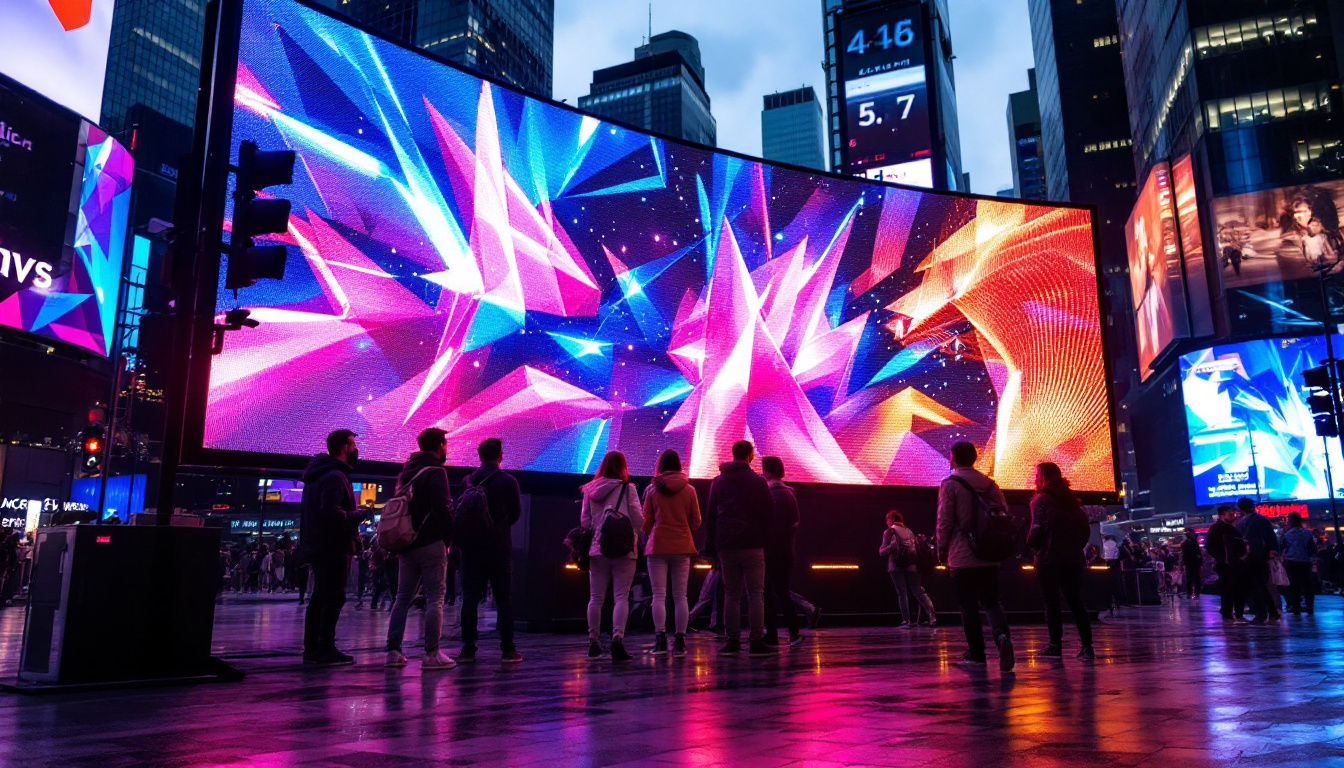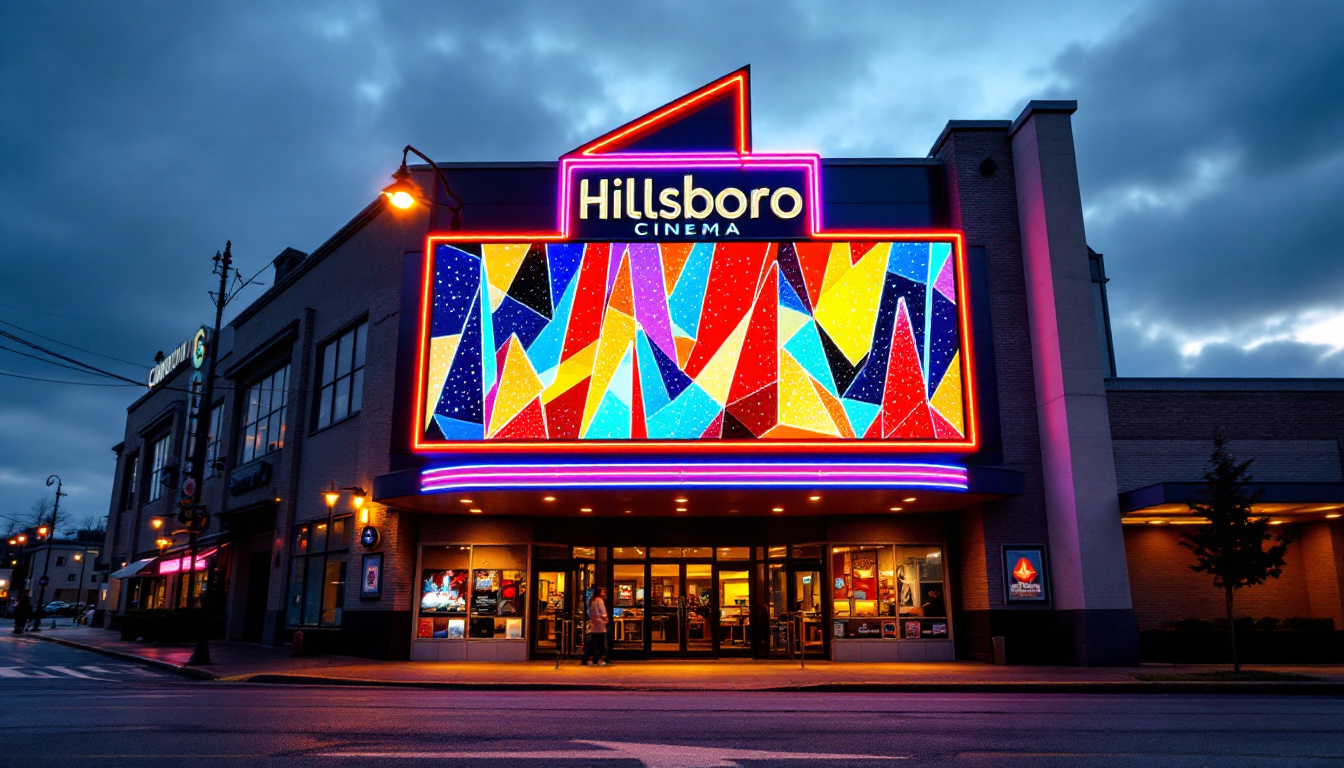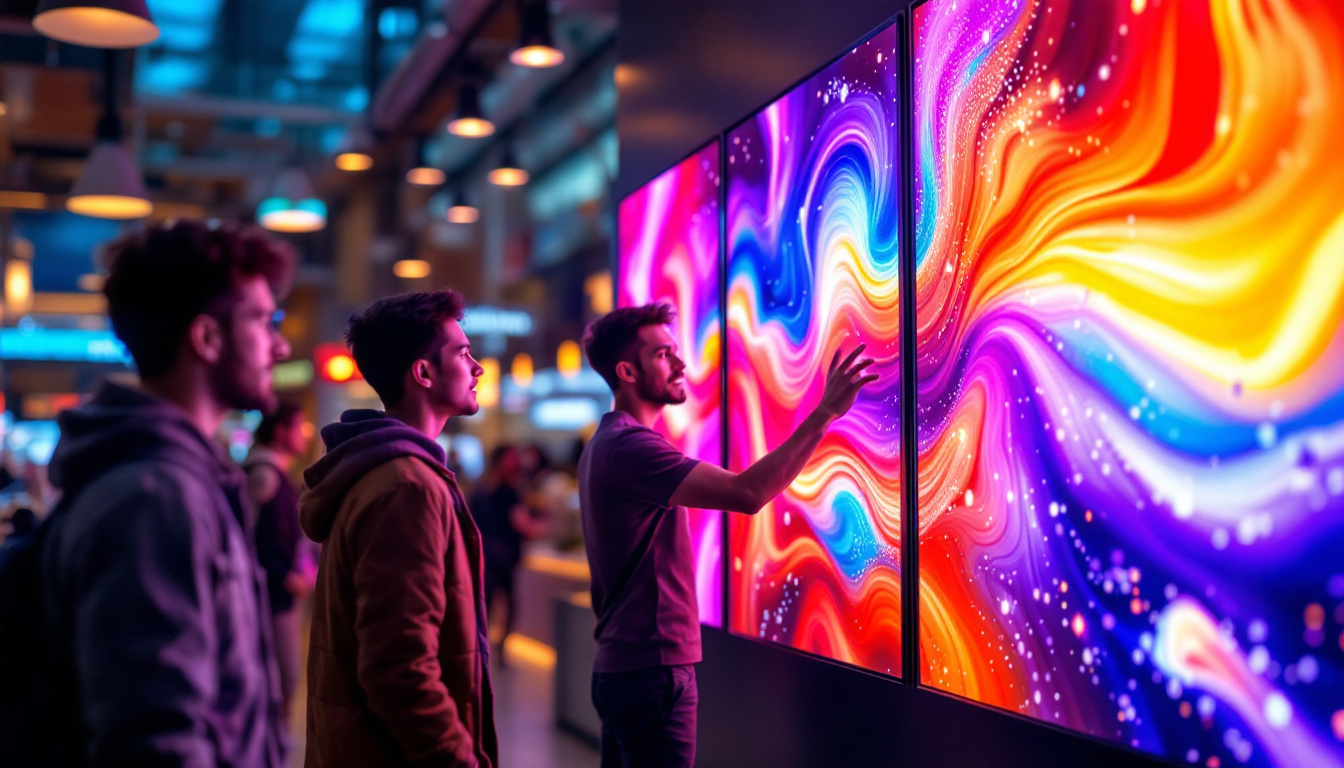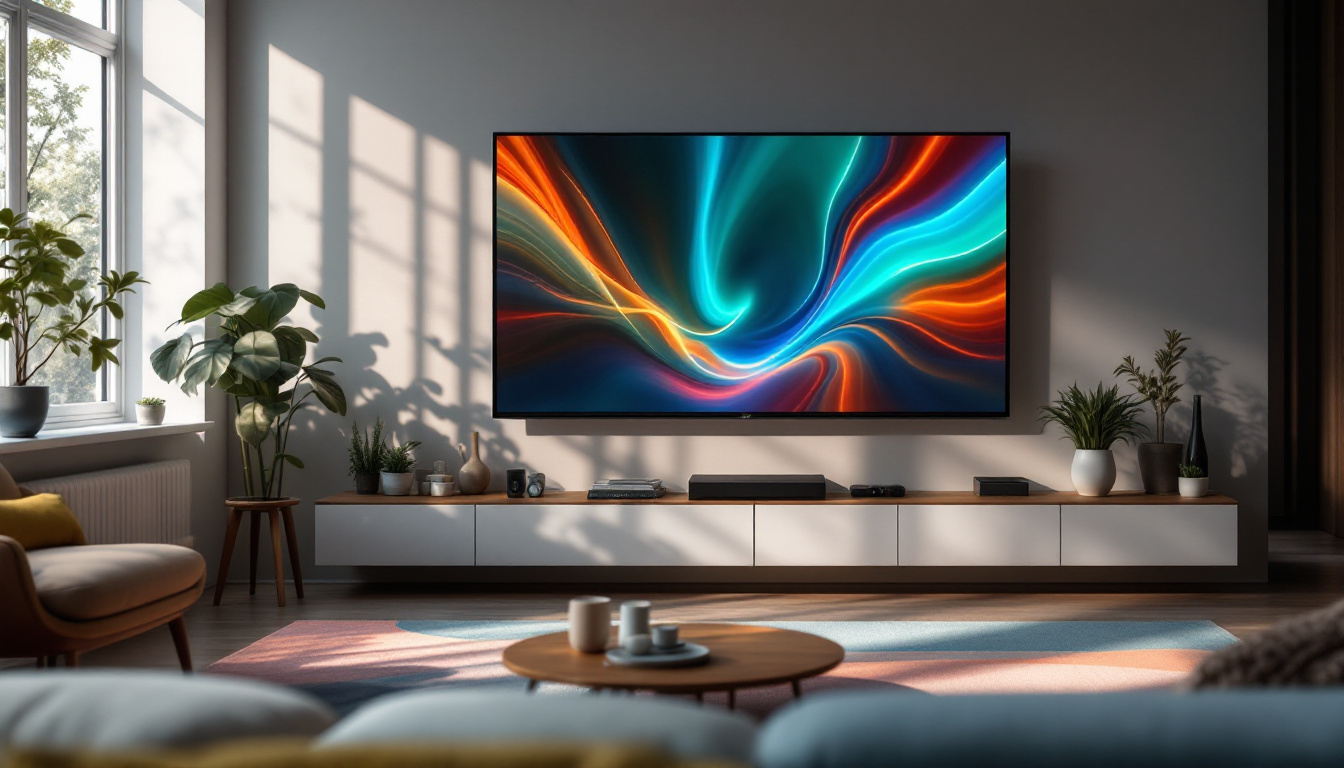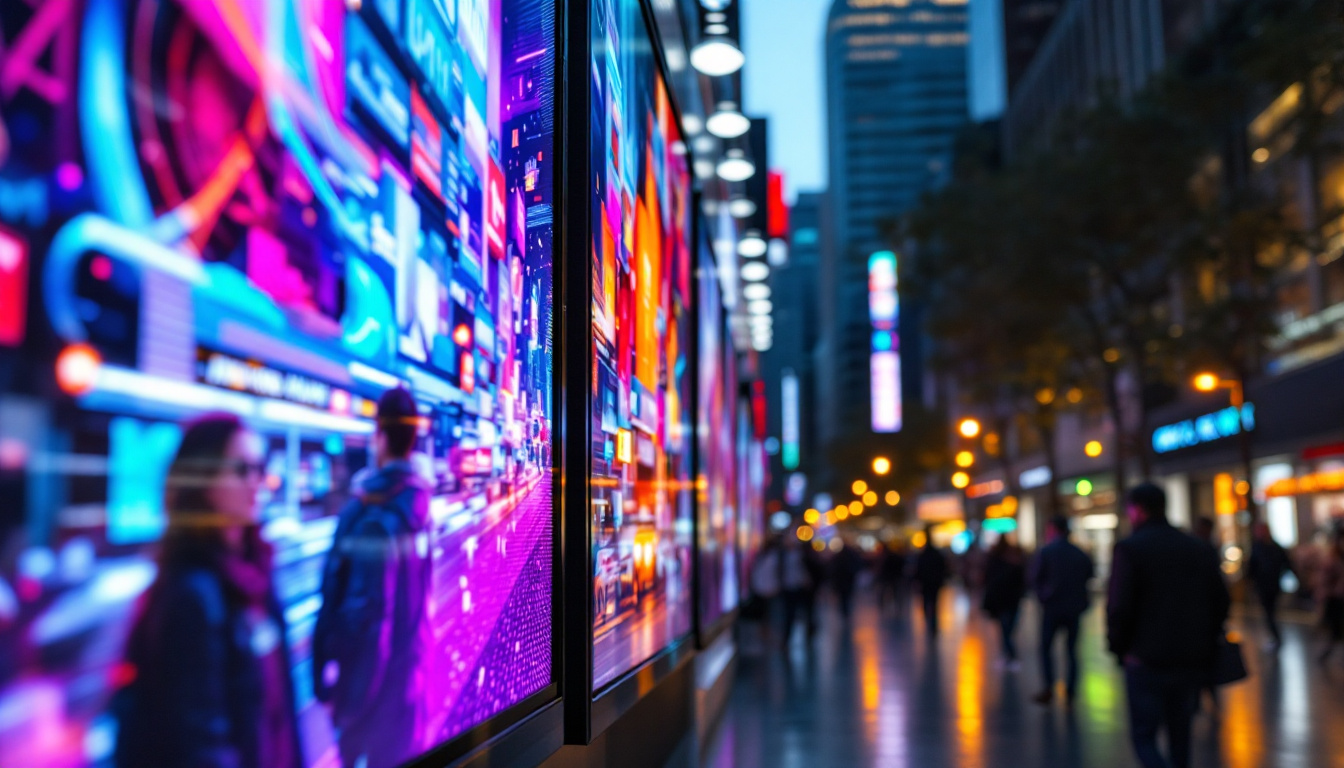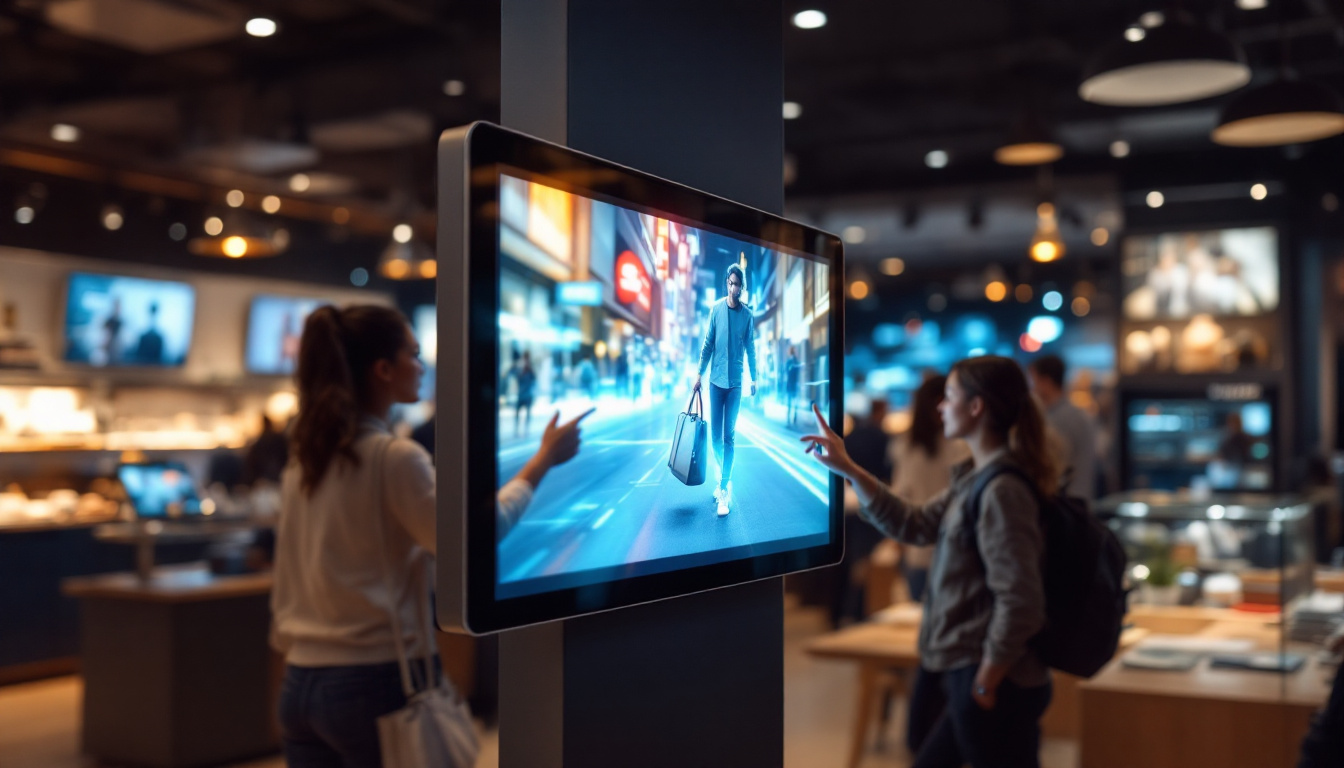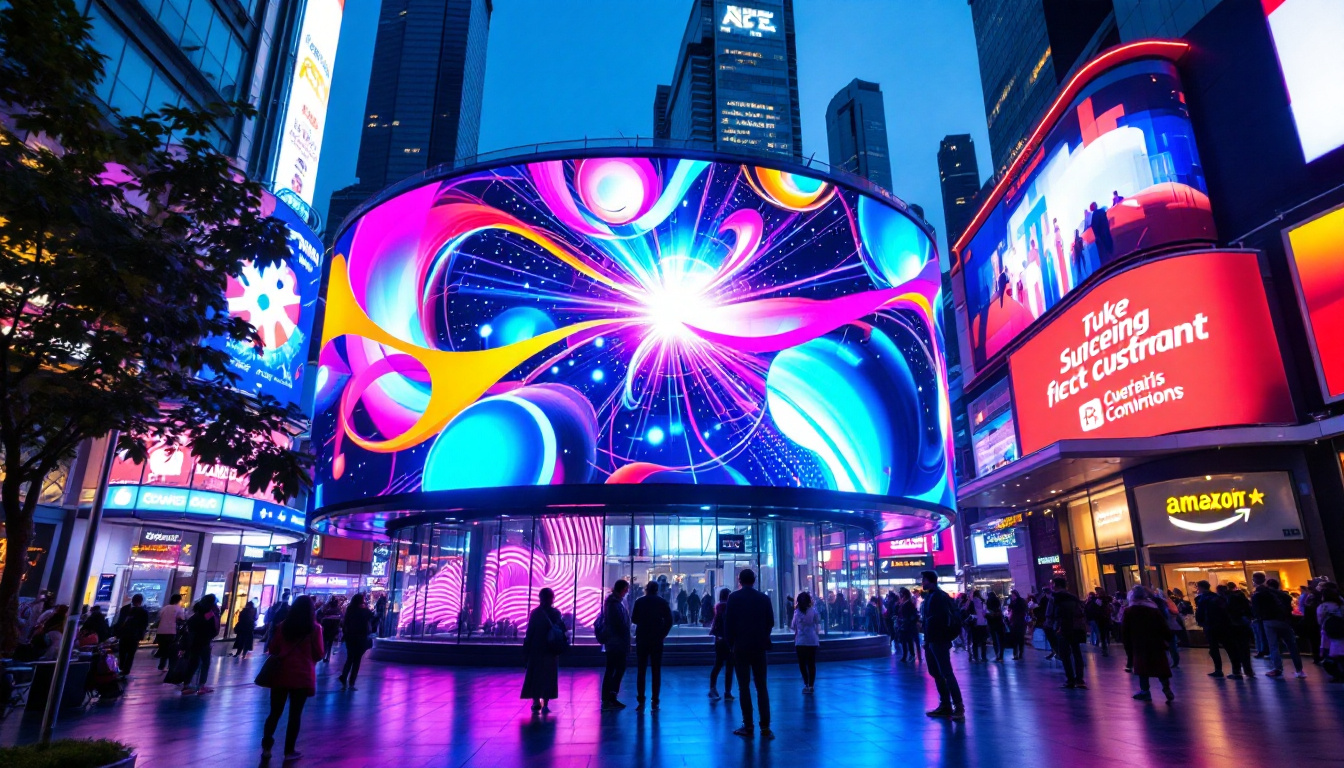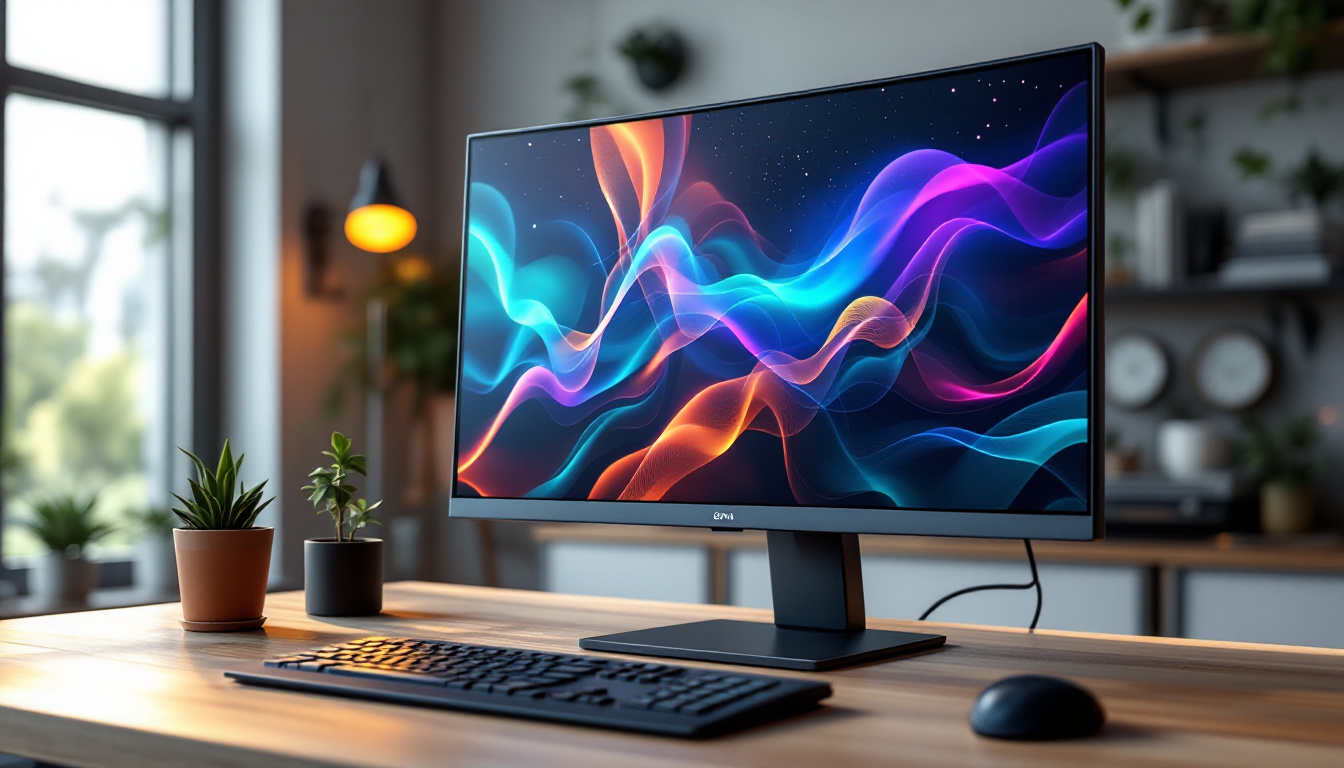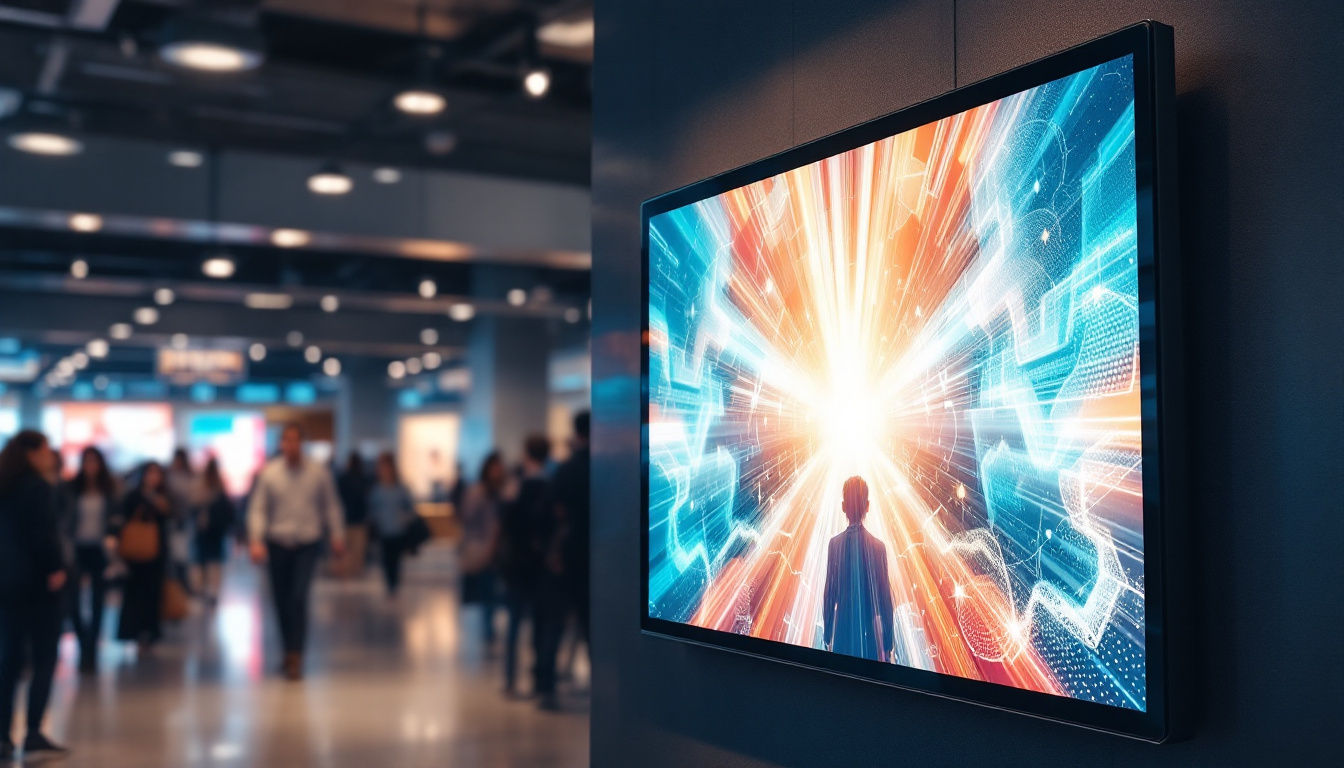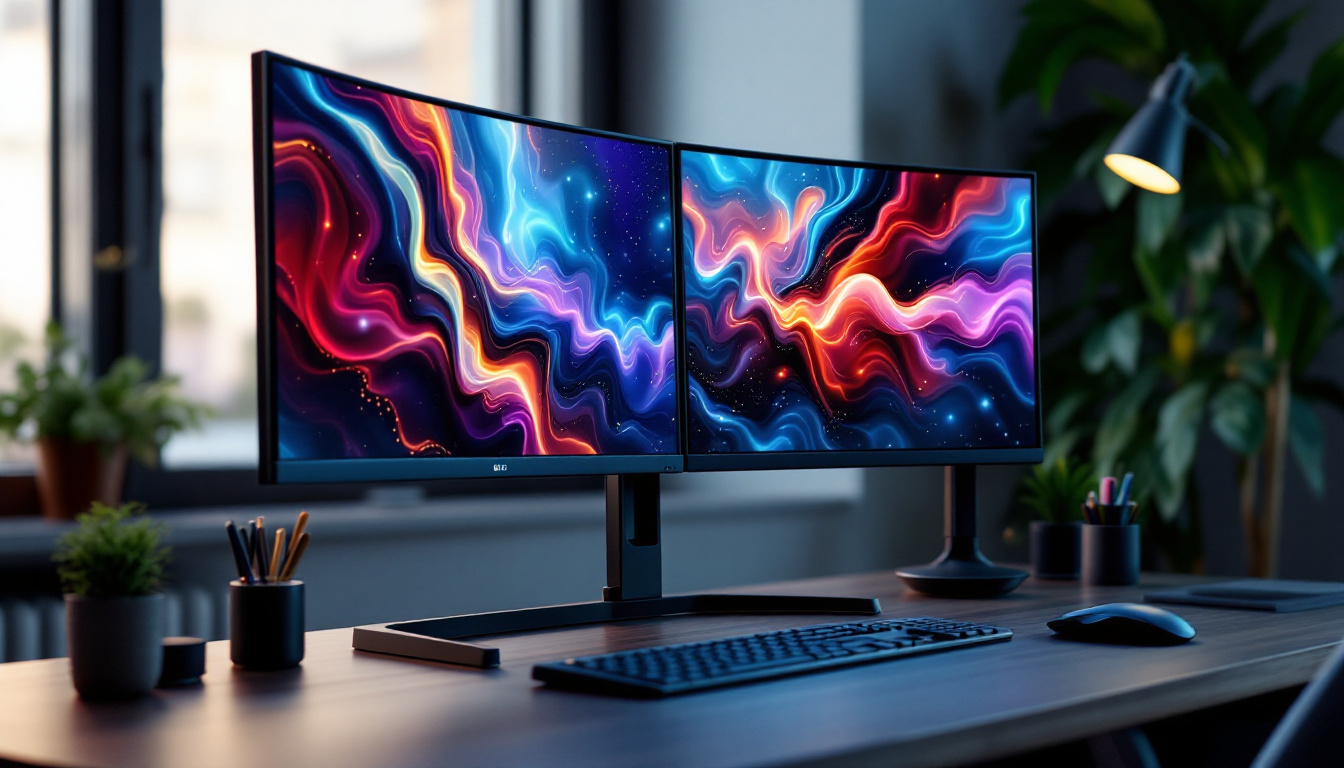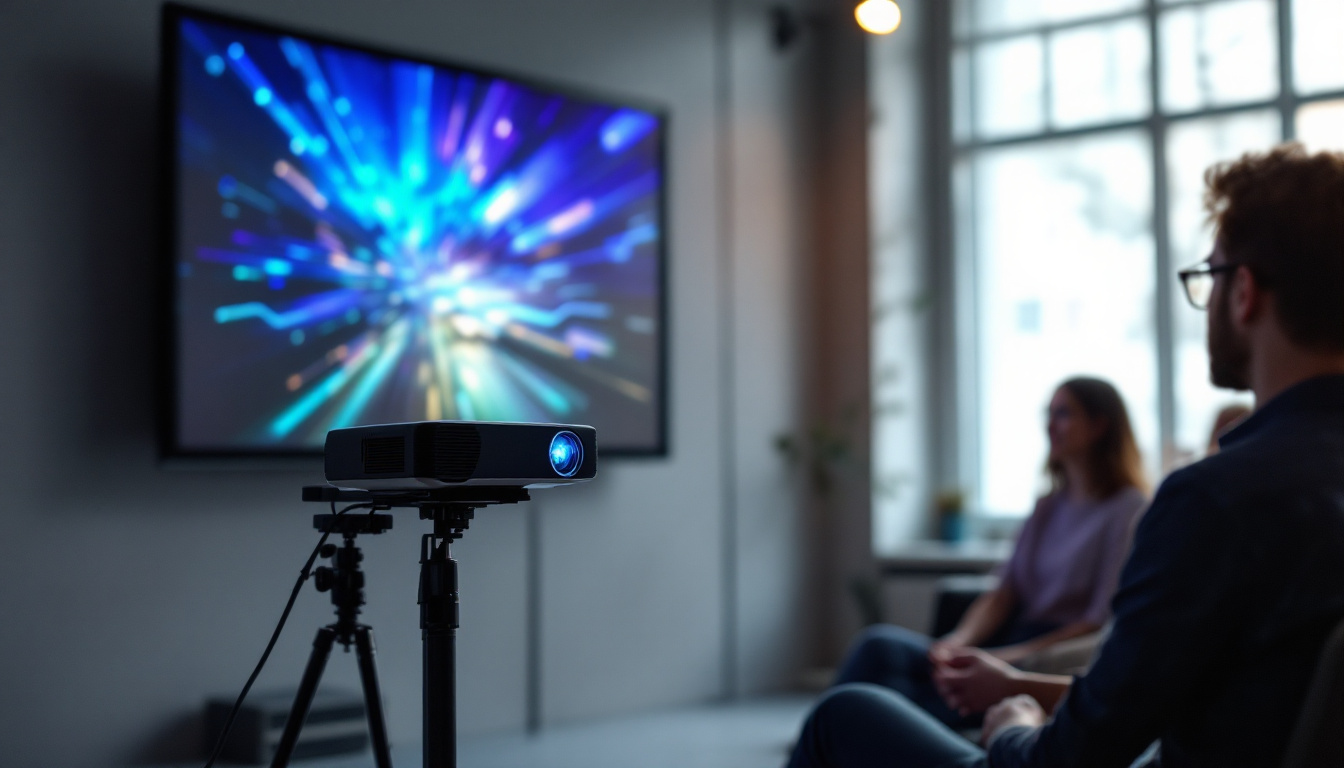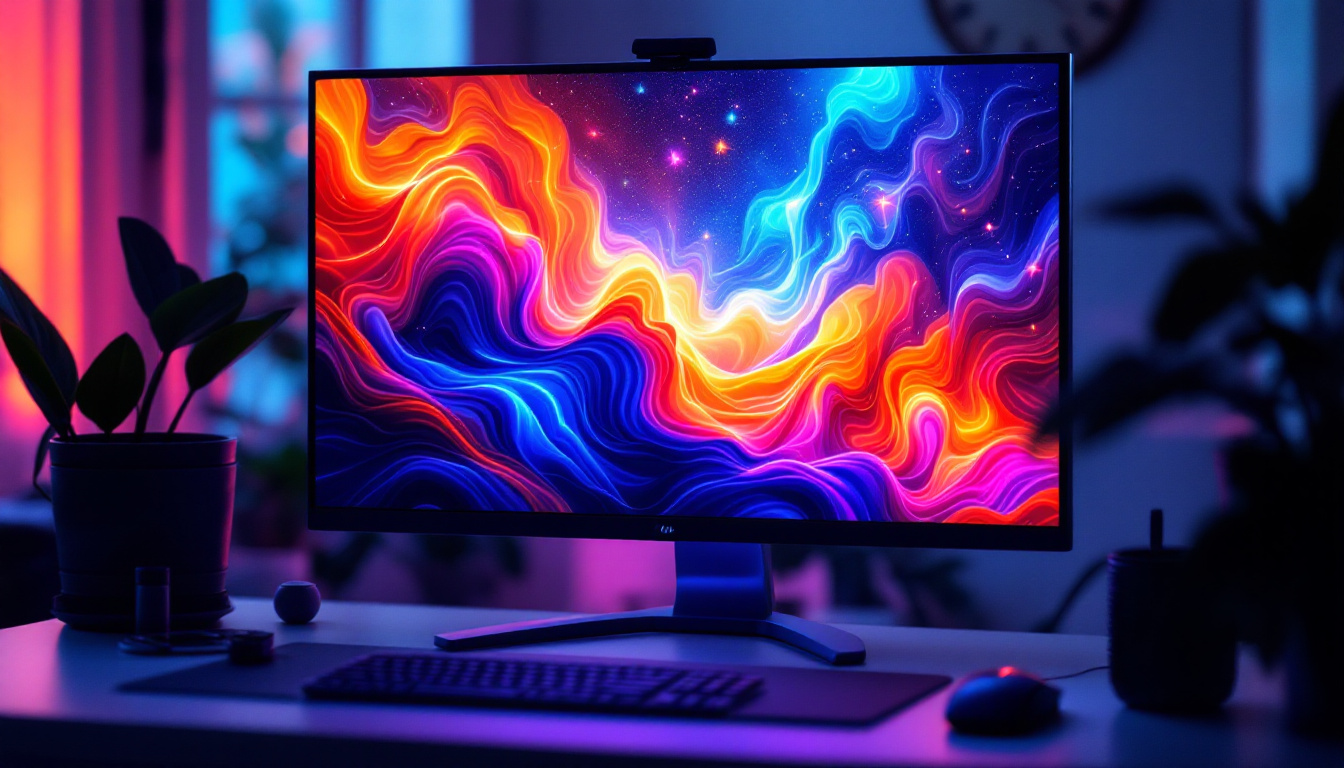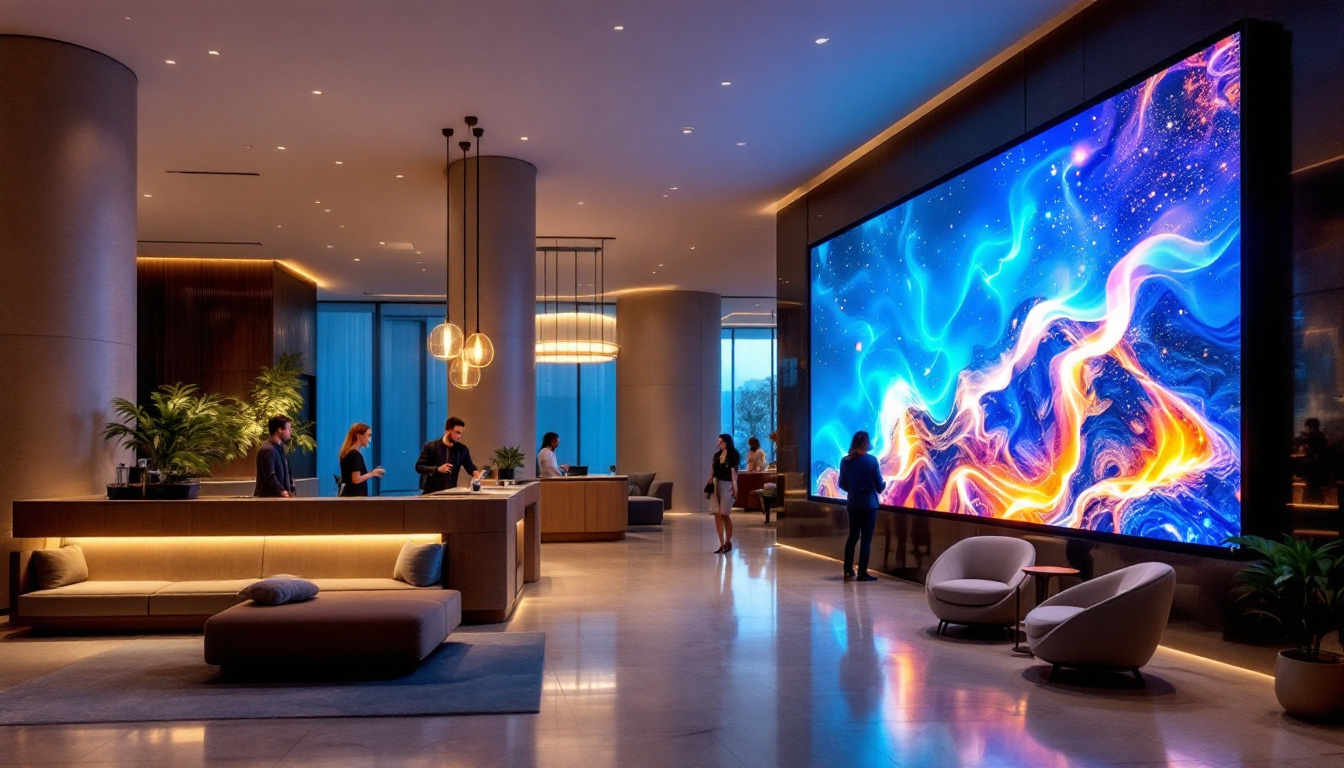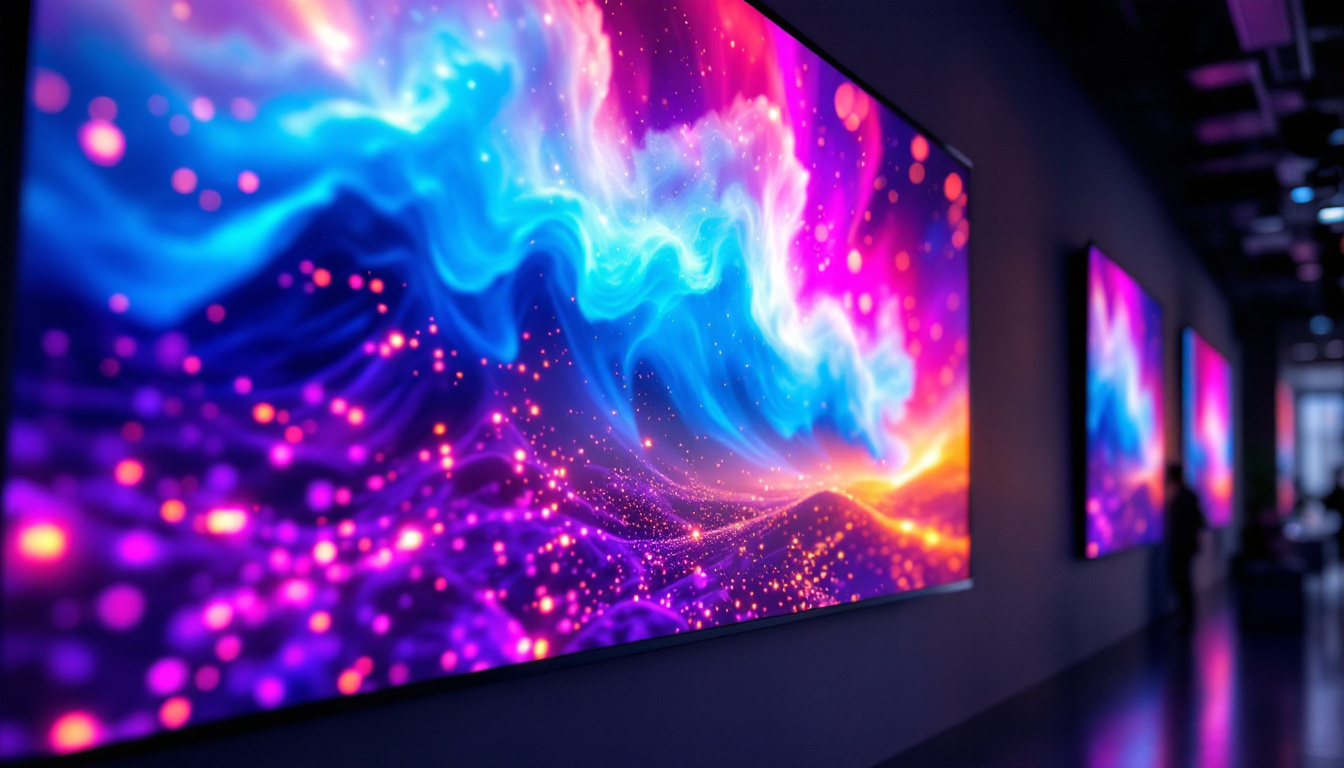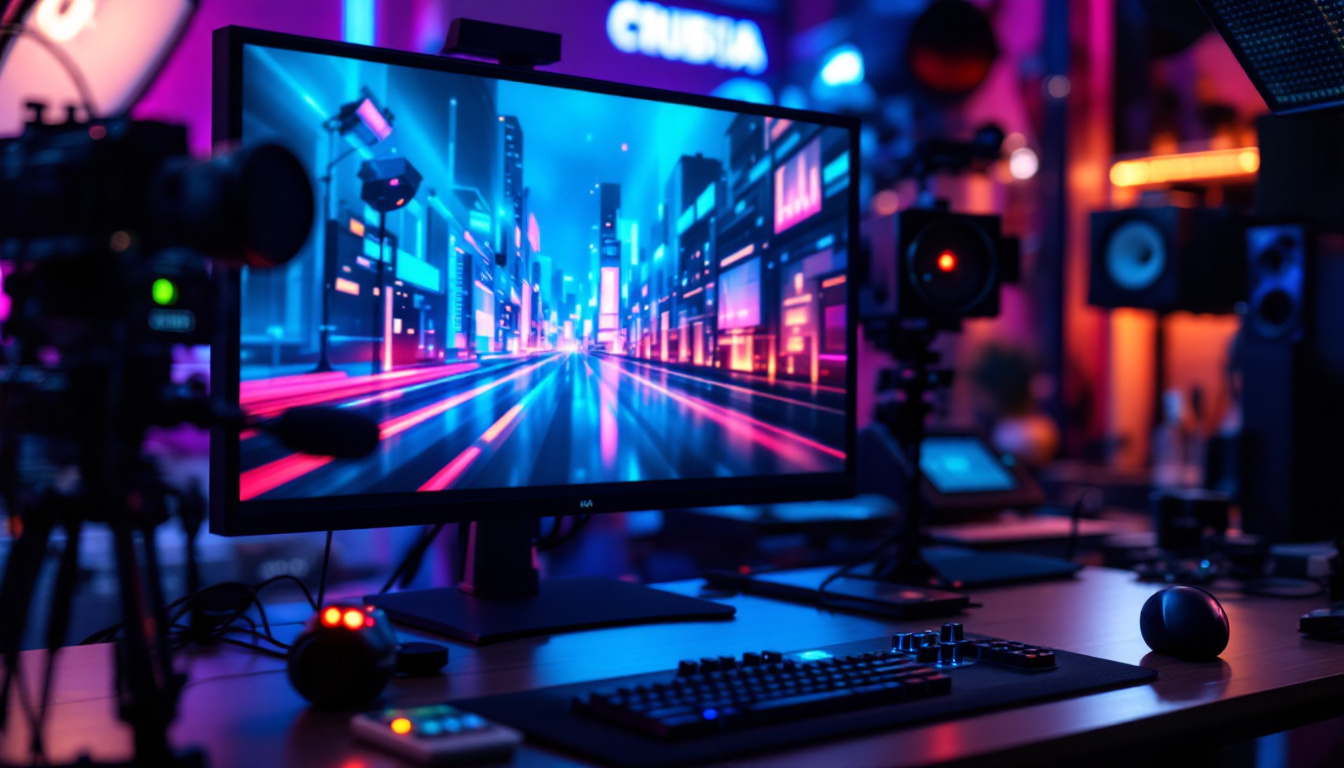In the ever-evolving landscape of television technology, the thin bezel has emerged as a prominent feature that enhances both aesthetics and viewing experience. As consumers seek sleeker designs and larger screens, understanding the implications of a thin bezel, particularly in LED displays, becomes essential. This article delves into the nuances of thin bezels, their impact on LED technology, and the benefits they offer to users.
Understanding Thin Bezels
A thin bezel refers to the narrow frame surrounding a television screen. Traditionally, bezels were much thicker, often distracting from the viewing experience. However, advancements in technology have enabled manufacturers to minimize bezel width without compromising screen integrity or performance.
The Evolution of Television Bezels
The journey of television bezels has been remarkable. Early televisions featured substantial frames, which not only added bulk but also detracted from the immersive experience. As flat-screen technology gained popularity, manufacturers began to experiment with bezel sizes, leading to the introduction of ultra-thin designs. This evolution reflects a broader trend in consumer electronics towards minimalism and sleekness.
With the rise of LED displays, the shift towards thinner bezels accelerated. The lightweight and flexible nature of LED technology allowed for innovative designs that were previously unattainable. Today, many high-end televisions boast bezels measuring just a few millimeters, creating a near-borderless viewing experience. This design philosophy not only enhances the aesthetic appeal of televisions but also aligns with modern interior design trends that favor clean lines and unobtrusive technology.
Benefits of Thin Bezels
The advantages of thin bezels extend beyond aesthetics. One of the most significant benefits is the enhanced viewing experience. A reduced bezel allows for a larger screen-to-body ratio, maximizing the display area. This is particularly advantageous for immersive activities such as gaming or watching movies, where a larger screen can significantly enhance engagement.
Moreover, thin bezels facilitate multi-screen setups. For those who enjoy gaming or multitasking, having multiple screens close together with minimal bezel interference can create a seamless experience. This is especially useful in professional environments where multiple displays are often used for productivity. In addition, the sleek design of thin bezels can complement a variety of decor styles, allowing consumers to integrate their technology more harmoniously into their living spaces. As televisions become more of a centerpiece in homes, the aesthetic appeal of thin bezels plays a crucial role in consumer choice.
Furthermore, the trend towards thin bezels is also driven by advancements in display technology, such as OLED and QLED, which offer superior picture quality and color accuracy. These technologies thrive in a design that minimizes distractions, allowing viewers to focus solely on the content. The combination of stunning visuals and a near-invisible frame creates a captivating experience that draws viewers into the action, whether they’re watching a blockbuster film or streaming their favorite series. This immersive quality is becoming a key selling point for manufacturers, as consumers increasingly seek out televisions that not only perform well but also enhance their overall entertainment experience.
LED Display Technology
LED (Light Emitting Diode) display technology has revolutionized the way images are produced on screens. Unlike traditional LCD screens that rely on fluorescent backlighting, LED displays utilize tiny diodes that emit light, resulting in brighter images and improved energy efficiency.
How LED Displays Work
At the core of LED technology is the principle of electroluminescence. When an electric current passes through a semiconductor material, it emits light. This process allows for precise control over brightness and color, leading to vivid and dynamic images. LED displays can be categorized into two main types: edge-lit and backlit.
Edge-lit LED displays have LEDs positioned around the edges of the screen, which illuminate the display from the sides. This design allows for thinner screens but can sometimes result in uneven brightness. In contrast, backlit LED displays have a grid of LEDs behind the screen, providing more uniform lighting and better contrast ratios.
Advantages of LED Displays
LED displays offer several advantages over traditional display technologies. One of the most notable is energy efficiency. LED screens consume significantly less power than their LCD counterparts, making them a more environmentally friendly option. Additionally, LED displays can achieve higher brightness levels, making them suitable for various lighting conditions.
Furthermore, the color accuracy and contrast ratios of LED displays are superior, providing a more lifelike viewing experience. This is particularly important for content creators and professionals who rely on precise color reproduction.
The Intersection of Thin Bezels and LED Technology
The combination of thin bezels and LED technology creates a compelling product for consumers. As manufacturers strive to produce televisions that are not only functional but also visually appealing, the integration of these two elements has become increasingly common.
Design Considerations
When designing televisions with thin bezels, manufacturers must consider various factors. The structural integrity of the screen is paramount; a thinner bezel must still provide adequate support for the display. Innovations in materials and manufacturing processes have allowed for stronger yet lighter bezels, ensuring durability without sacrificing aesthetics.
Additionally, the placement of components such as speakers and ports can be challenging. With less space available, engineers must creatively integrate these elements into the design, often leading to innovative solutions that enhance functionality while maintaining a sleek appearance.
Consumer Preferences
Consumer preferences have shifted significantly towards sleek designs, making thin bezels a desirable feature. Surveys indicate that many buyers prioritize aesthetics alongside functionality when selecting a television. A thin bezel not only enhances the visual appeal of a TV but also aligns with modern interior design trends that favor minimalism.
Moreover, as home entertainment systems evolve, consumers are increasingly seeking televisions that complement their living spaces. A television with a thin bezel can blend seamlessly into a room, making it an attractive focal point without overwhelming the decor.
Choosing the Right Thin Bezel LED TV
With numerous options available in the market, selecting the right thin bezel LED TV can be overwhelming. However, understanding key features and specifications can simplify the decision-making process.
Key Features to Consider
When shopping for a thin bezel LED TV, several features should be considered. First and foremost is the screen size. Depending on the room size and viewing distance, a larger screen may enhance the viewing experience. Additionally, resolution plays a crucial role; 4K Ultra HD is becoming the standard, offering four times the resolution of Full HD.
Another important factor is refresh rate, which affects motion clarity. A higher refresh rate is particularly beneficial for sports and action movies, reducing motion blur. Connectivity options, such as HDMI and USB ports, should also be evaluated to ensure compatibility with other devices.
Budget Considerations
Budget is a critical factor when purchasing a thin bezel LED TV. Prices can vary significantly based on brand, features, and screen size. It is essential to establish a budget beforehand and prioritize features that matter most. While high-end models may offer advanced features, there are also excellent mid-range options that provide great value for money.
Additionally, considering warranty and customer support can save future headaches. Investing in a reputable brand with good after-sales service can provide peace of mind and ensure long-term satisfaction with the purchase.
Installation and Setup Tips
Once the right thin bezel LED TV has been selected, proper installation and setup are crucial for optimal performance. A well-executed installation enhances the viewing experience and ensures the longevity of the television.
Choosing the Right Location
The placement of the TV can significantly affect viewing angles and overall enjoyment. Ideally, the screen should be positioned at eye level when seated, minimizing neck strain. Additionally, consider the room’s lighting; avoiding direct sunlight can prevent glare and enhance picture quality.
For those opting for wall mounting, ensure that the wall mount is compatible with the TV’s size and weight. Proper installation will not only secure the television but also provide a clean, modern look that complements the thin bezel design.
Calibrating the Display
After installation, calibrating the display settings is essential for achieving the best picture quality. Most modern TVs come with preset modes for various content types, such as movies, sports, or gaming. However, manual adjustments may be necessary to fine-tune brightness, contrast, and color settings based on personal preference and room conditions.
Many users find that utilizing calibration tools or professional services can yield significant improvements in picture quality. Taking the time to properly calibrate the display can enhance the viewing experience and ensure that the television performs at its best.
Future Trends in Thin Bezel LED Technology
As technology continues to advance, the future of thin bezel LED displays looks promising. Manufacturers are constantly innovating, pushing the boundaries of design and functionality.
Emerging Technologies
One of the most exciting developments in display technology is the emergence of MicroLED and OLED displays. These technologies offer even thinner bezels and superior picture quality, with deeper blacks and more vibrant colors. As production costs decrease, these advanced technologies may become more accessible to consumers, further enhancing the viewing experience.
Additionally, the integration of smart technology is becoming increasingly prevalent. Smart TVs with built-in streaming capabilities and voice control features are now standard, allowing for a more seamless and interactive viewing experience. As these technologies evolve, the design of thin bezel TVs will likely continue to adapt, focusing on enhancing user experience.
Sustainability Considerations
With growing awareness of environmental issues, manufacturers are also focusing on sustainability. The production of thinner bezels often involves using recyclable materials and energy-efficient manufacturing processes. As consumers become more conscious of their environmental impact, the demand for sustainable products will likely shape future designs in the television market.
Conclusion
The thin bezel has become a defining feature of modern LED televisions, enhancing both aesthetics and functionality. As technology continues to evolve, the integration of thin bezels with advanced display technologies will create even more immersive viewing experiences. Understanding the benefits of thin bezels, LED technology, and key features when selecting a television can empower consumers to make informed decisions that enhance their home entertainment experience.
As the market continues to innovate, staying informed about emerging trends and technologies will ensure that consumers can enjoy the best that modern television has to offer. With the right knowledge, selecting a thin bezel LED TV can lead to a rewarding investment that transforms any viewing space into a captivating entertainment hub.
Discover the Future of Viewing with LumenMatrix
Embrace the ultimate viewing experience with LumenMatrix’s cutting-edge LED display technology. As a leader in innovative LED solutions, LumenMatrix offers a wide range of products, from Indoor and Outdoor LED Wall Displays to specialized options like Vehicle, Sports, and Floor LED Displays. Each product is designed to captivate and engage, ensuring your message is seen with unparalleled clarity and impact. Don’t just watch the future unfold—be a part of it. Check out LumenMatrix LED Display Solutions today and transform your space into a dynamic visual spectacle.

